You might remember that back in 2015 I reviewed a game called Order of Battle: Pacific, and liked it a lot. In the months and years since, developers The Aristocrats have been working on a bunch of new campaigns that take the game well past its original scope, incorporating battles ranging from the Chinese countryside to the North Atlantic.
[referenced url=”https://www.kotaku.com.au/2015/06/order-of-battle-pacific-the-kotaku-review/” thumb=”https://i.kinja-img.com/gawker-media/image/upload/t_ku-large/1278552101747791974.jpg” title=”Order Of Battle: Pacific: The Kotaku Review” excerpt=”Panzer Corps is one of the best — and most underrated — strategy games available on the PC. Thing is, it’s a bit old-fashioned. Order of Battle. Pacific is what you get when a studio takes the same basic premise and makes it a little bit more 2015.”]
Rather than selling these as all-new games, or as expansions to an initial core purchase, Order of Battle has instead hit the reset button, stripping the old Pacific campaigns from the game and giving just the front menu and tutorial away for free as a platform called Order of Battle: World War II. Players can then buy all the actual campaigns individually and bolt them on. It’s similar to regular expansions or DLC in a lot of ways, I know, but also a little different in that you’re free to pick and choose every campaign you play, not just those coming after the first purchase. If you’ve no interest in the war with Japan, for example, you don’t have to buy the US Pacific missions first, you can just jump straight into the march on Moscow.
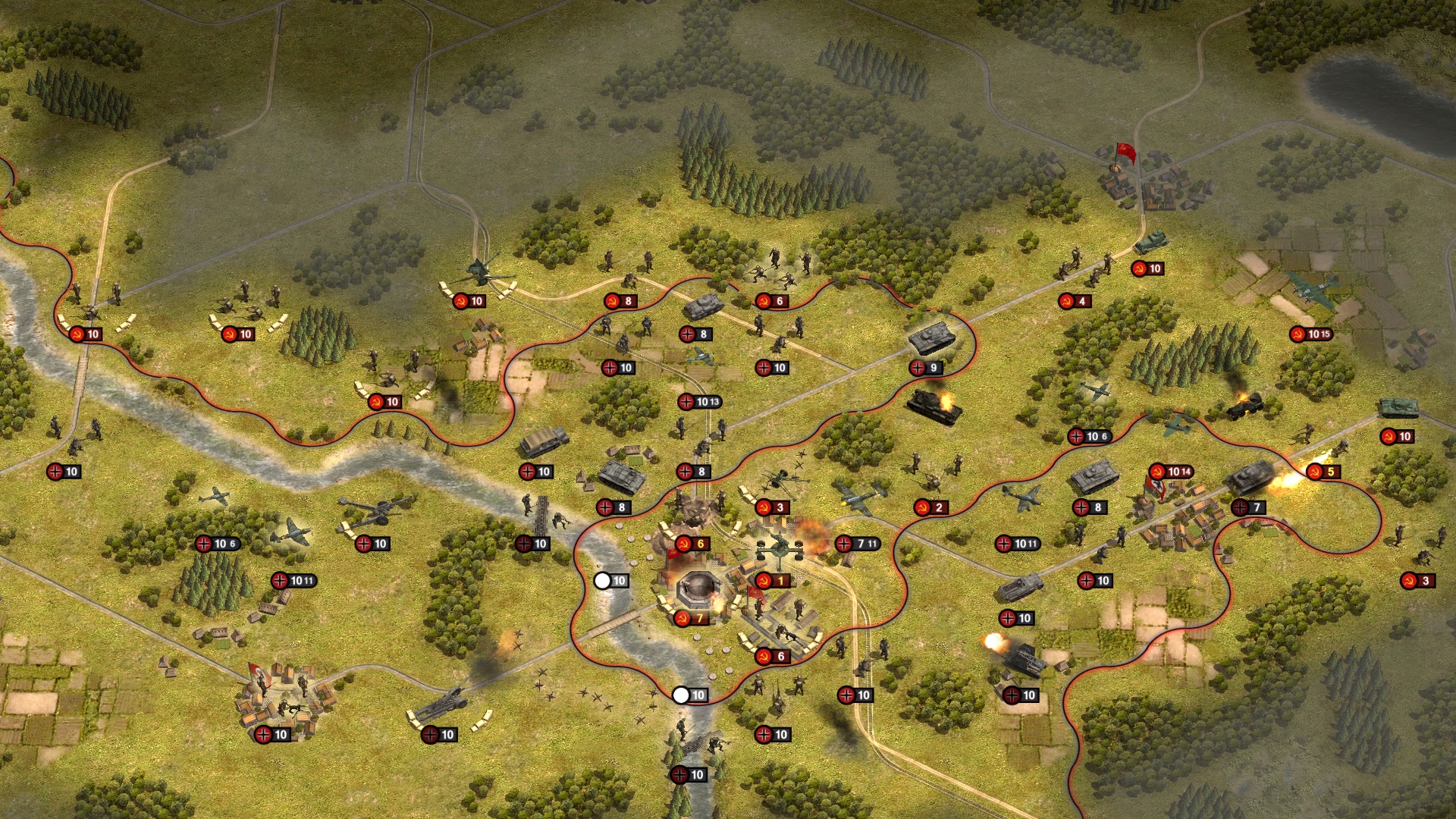
Order of Battle plays much the same as it did back in 2015: It’s a relatively simple turn-based strategy title that’s more about being fast and accessible than drowning you in authenticity and details. This is more Advance Wars than Hearts of Iron, and Panzer General/Corps fans will be right at home here. The only real change of note has been to campaign perks, which used to come in the form of binary selections (do you want perk A or perk B after every mission?) but are now packaged in a tech tree which you can move down after accruing points for completing missions.
[referenced url=”https://www.kotaku.com.au/2014/06/panzer-corps-the-kotaku-review/” thumb=”https://i.kinja-img.com/gawker-media/image/upload/t_ku-large/774188645126607685.jpg” title=”Panzer Corps: The Kotaku Review” excerpt=”Panzer Corps is not a new game. It’s been out since 2011 and is a faithful remake (in all but name) of a game first released 20 years ago. None of which matters. In 2014, it’s still one of the best strategy games you can get on the PC.”]
Order of Battle does differentiate itself from its rival/stablemate (Panzer Corps is its closest competitor, though both games are published by the same company, Slitherine) in one key area, though, and that’s the way it incorporates front lines and supply. As your units move across the map, they drag a front line with them, and every time you incorporate a city or outpost that increases and/or extends your ability to supply your units.
Send a tank too far out ahead and they will struggle. Let enemy units cut them off and they’re as good as dead, because once cut off your movement and attack strength dwindles rapidly. While the AI driving this system can occasionally frustrate — with lone damaged units able to cut off entire armies as they wander the wilderness — for the most part it works as intended, forcing the player to worry as much about their food and ammunition as they do the enemy.
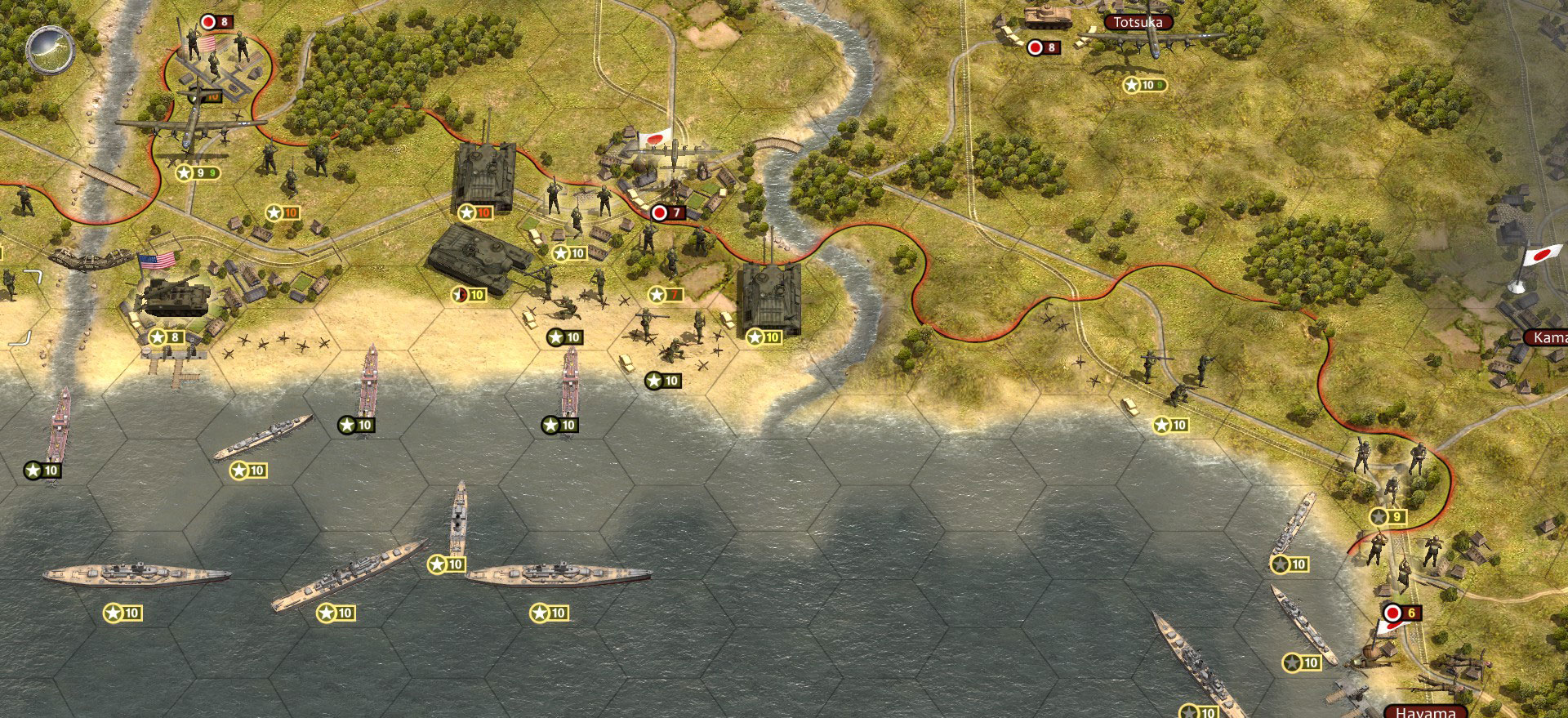
The Allied invasion of Japan, should you do well enough to avoid having to drop an atomic bomb.
The whole game feels like it has a solid tactical bedrock underpinning its combat. You can’t just buy a dozen big tanks and roll your way to victory; instead, every single engagement is a puzzle, as you try and find the best approach to dislodging a particular enemy from a particular piece of terrain, a testament to both the balance of the game and the unit placement in the campaign’s design.
Outside of this, Order of Battle‘s other biggest strengths are its looks (the game takes place on a 2.5D map, with animated 3D units) and its speed (you can queue up attacks by launching a fresh attack while the current one is animating, so you can watch your little army go to town on the bad guys).
Things are at their best during combined arms operations, when you’re able to employ naval, air and ground forces on the same map, normally as part of a major amphibious assault. This is when the interplay between units is at its most interesting, the objectives most taxing and the challenge most enjoyable.
If OoB‘s campaign design is its biggest strength, it’s also sadly its chief weakness, since the battles you can take part in vary so wildly in quality and flexibility. The two biggest campaigns, those that shipped with the original 2015 release, are big, sprawling affairs, full of not just interesting scenarios but also opportunities to reshape the outcome of the war.
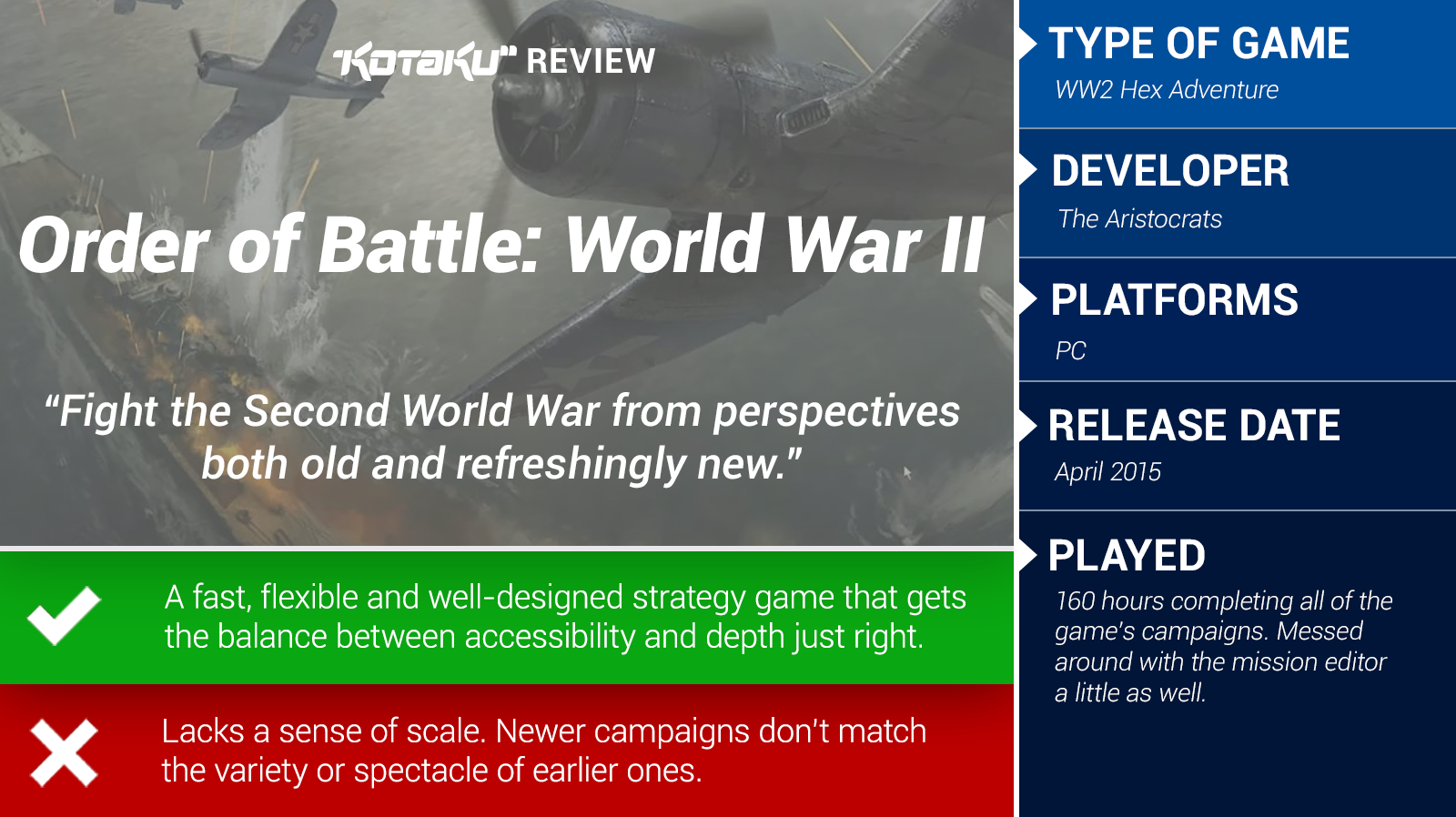
Fight well enough as the Japanese and you could invade Australia and New Zealand. Completing missions ahead of schedule or with bonus objectives as the Allies, meanwhile, could result in a shorter war and a land invasion of Japan.
Subsequent campaigns, the ones that have been released since the decision to break Order of Battle up and sell it piecemeal, feel smaller and more limited. On the biggest stage of the war, the German invasion of the Soviet Union, maps feel small, and you’re given control over so few units that rarely do you feel the sense of scale that these colossal battles should be invoking.
Even when they’re not entirely successful as pieces of design, though, many of Order of Battle‘s campaigns are at least interesting from a historical point of view, since they have narrowed the focus onto theatres and forces that aren’t represented in most strategy games.
There’s an entire campaign based on the Winter War fought between Finland and the Soviet Union, for example. The latest offering, Kriegsmarine, puts you in control of Germany’s navy in a succession of maps about convoy raids, U-Boats and battleship duels. And most interesting of all is Morning Sun, a campaign about Japan’s invasion of China which, despite its immense historical significance, I have never encountered in a video game before.
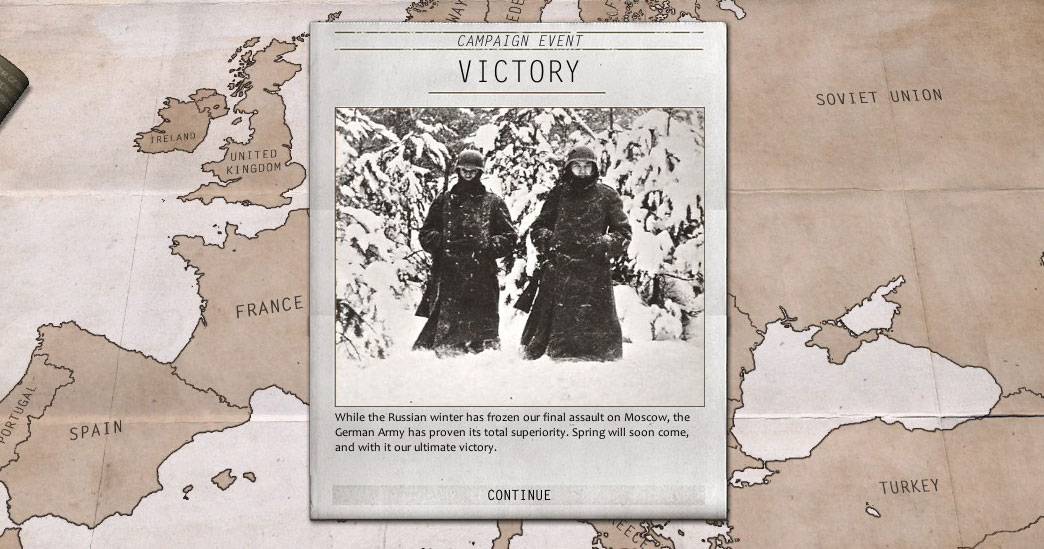
This is some bullshit.
It’s a pity then that for all the good work these do with their setting, they don’t allow for the same kind of historical adventure as the earlier campaigns. The German invasion of the Soviet Union ends with a retreat outside of Moscow regardless of how well you do, and the Kriegsmarine campaign ends in defeat even if you successfully complete every mission.
Had this been an enduring trait of the series then fine, whatever, but it’s frustrating to have it play such a key part in the flexibility of the original Pacific campaigns only to see it ditched for the shorter, smaller (and slightly cheaper) later theatres.
Hypothetical conquests aside, Order of Battle is still a fantastic prospect for anyone down with the idea of turn-based warfare but without the inclination/time for the more serious side of the genre. This is a fast, smart strategy series, and even if some of the campaigns are a bit of a let-down, the beauty of it is that you can just ignore them and focus on the battles you want to fight.
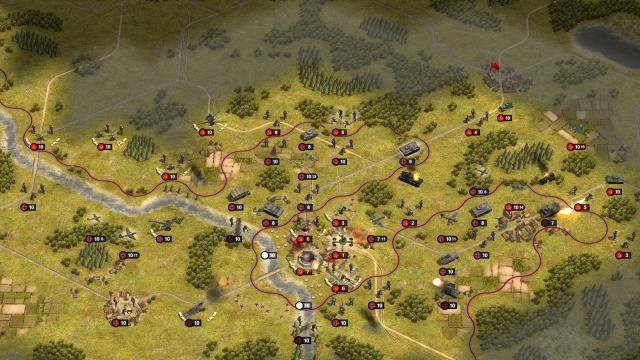
Comments